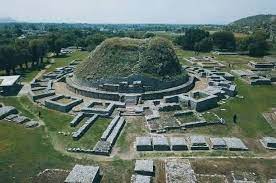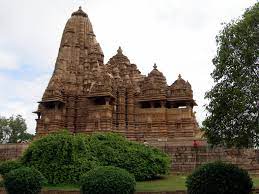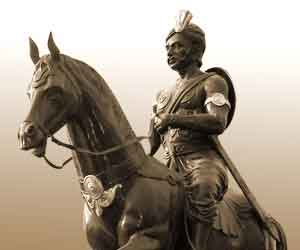
#OurTrueHistory @ShefVaidya
Classical Dance forms of Bharat
1)Bharatanatyam is over 2000 years old. It is a dance primarily originating in the state of Tamil Nadu in southern India. It is also the oldest surviving classical dance in India.

Classical Dance forms of Bharat
1)Bharatanatyam is over 2000 years old. It is a dance primarily originating in the state of Tamil Nadu in southern India. It is also the oldest surviving classical dance in India.


2)Kathakali - Kathakali originates primarily from Kerala.Basic components and distinct features of this form of classical dance can be traced back to ancient Sanskrit Hindu text- ‘Natya Shastra’. 

Mohiniattam -It originated in the state of Kerala. The dance is performed by women in honor of the Hindu god Vishnu in his incarnation as the enchantress Mohini. Mohiniattam is exclusively danced by women. 

Odissi -Odissi or Orissi is one of the pre-eminent classical dance forms which originated in the Hindu temples of Odisha . Its theoretical base trace back to ‘Natya Shastra’ of Bharatamuni. 

Sattriya-Sattriya dances are devotional in nature as they were intended for propagation of neo-Vaishnavism. It was introduced in Assam by the great Vaishnava saint and reformer of Assam, Mahapurusha Srimanta Sankaradeva in the 15th century A.D. 



Manipuri -Orginated in Manipur xespecially noted for themes based on Vaishnavism and spectacular execution of ‘Ras Lila’, Other themes included in this art form associate with Shaktism, Shaivism and on the sylvan deities called Umang Lai during Manipuri festival ‘Lai Haraoba' 



Kathak - One of the main genres of ancient Indian classical dance and is traditionally regarded to have originated from the travelling bards of North India referred as Kathakars or storytellers. 

Chhau - Semi classical Indian dance with martial, tribal and folk traditions,It is found in three styles named after the location where they are performed, i.e. the Purulia Chau of Bengal, the Seraikella Chau of Jharkhand, and the Mayurbhanj Chau of Odisha. 

Kuchipudi -This classical style of Indian dance primarily originated from Andhra Pradesh
In 17th century, present Kuchipudi style was conceived by Siddhendra Yogi a talented Vaishnava poet.
In 17th century, present Kuchipudi style was conceived by Siddhendra Yogi a talented Vaishnava poet.

• • •
Missing some Tweet in this thread? You can try to
force a refresh

























